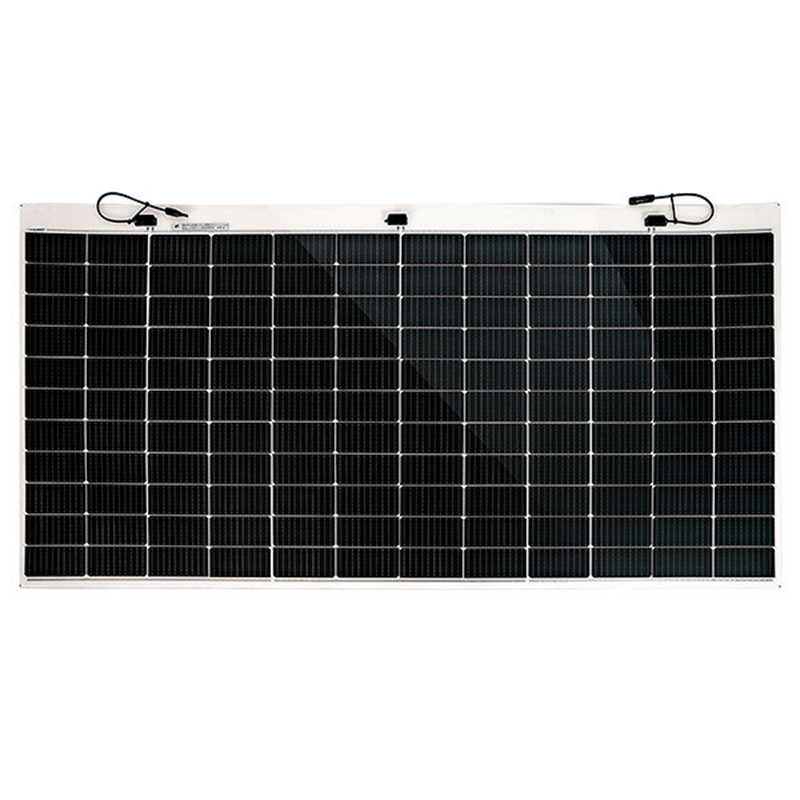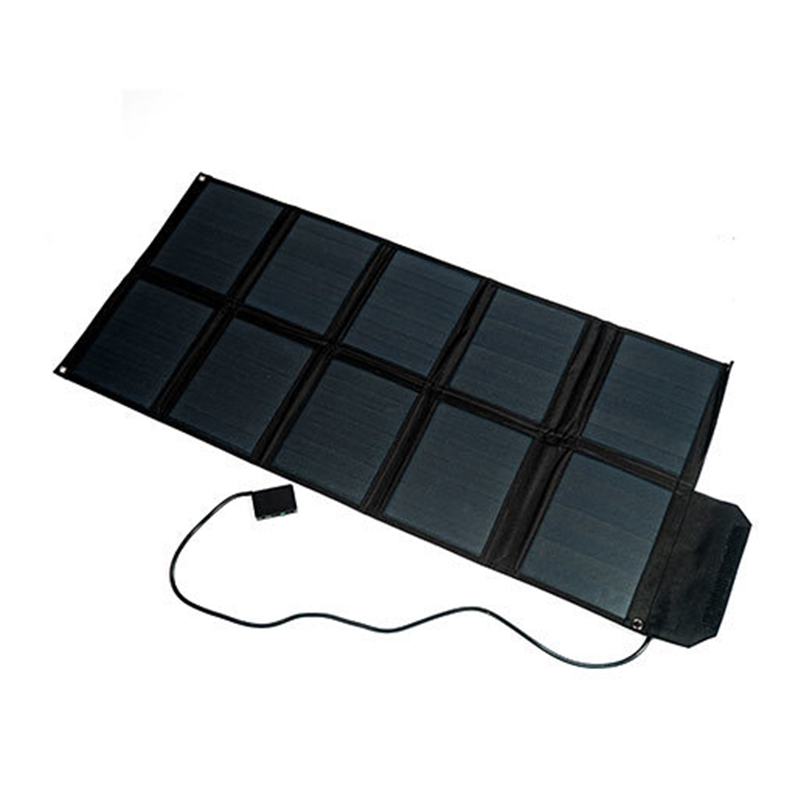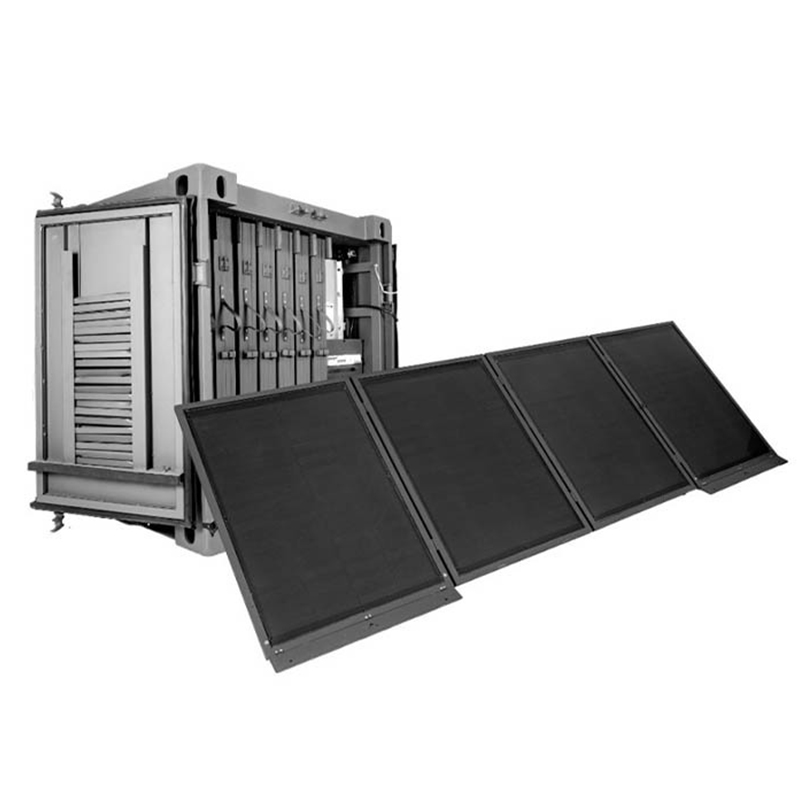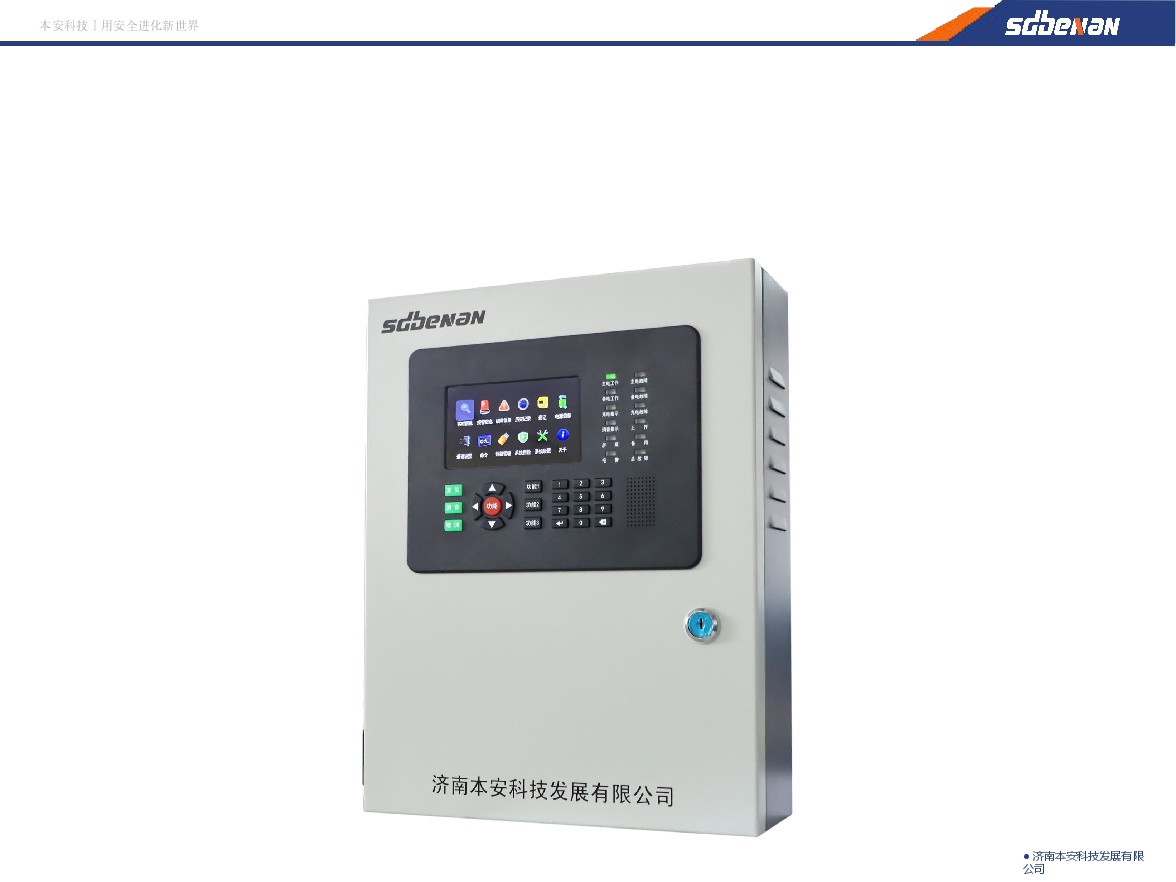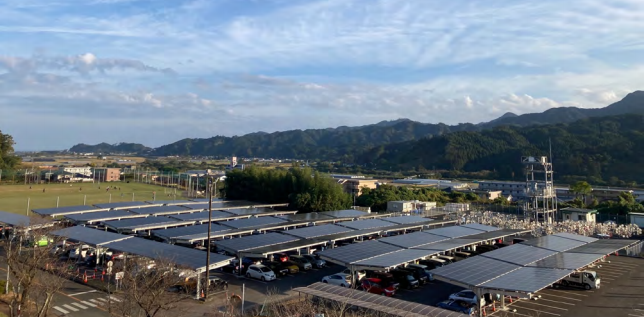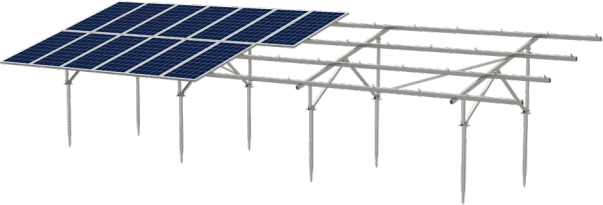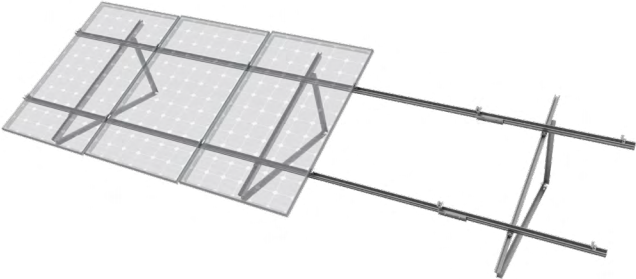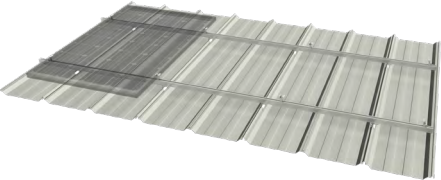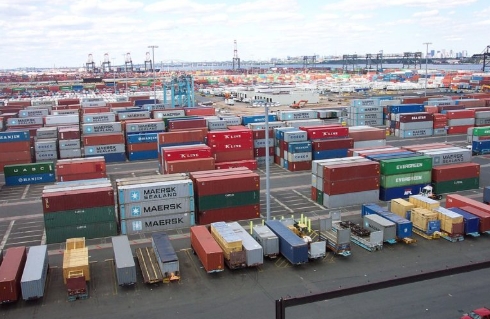 Wedoany.com Report-Feb 7, Crisil Ratings said a new report that India’s solar cell manufacturing capacity will reach 50 GW to 55 GW by fiscal 2027, from 10 GW at the end of fiscal 2024. It claimed that government policies aimed at reducing PV cell and module imports will drive the expansion.
Wedoany.com Report-Feb 7, Crisil Ratings said a new report that India’s solar cell manufacturing capacity will reach 50 GW to 55 GW by fiscal 2027, from 10 GW at the end of fiscal 2024. It claimed that government policies aimed at reducing PV cell and module imports will drive the expansion.
It said the expansion will require capital expenditure of INR 280 billion ($3.2 billion) to INR 300 billion, likely funded through a 70:30 debt-equity mix. The firm, which analyzed four domestic manufacturers representing 54% of total cell capacity as of March 31, 2024, noted that strong balance sheets and solid cash accruals will support credit quality.
The “Make in India” initiative, bolstered by policy measures aimed at reducing imports of cells and modules, will drive the backward integration strategies of module manufacturers, leading to higher domestic cell capacity.
India’s module manufacturing capacity reached 60 GW by March 2024, up from 7 GW in March 2020, reducing module imports to 25% of total consumption this fiscal year from 45% in 2024. However, cell imports remain high at 80%, with China as the primary supplier.
Limited domestic cell production could increase reliance on imports as renewable capacity expands. Crisil Ratings said it expects India to add 60 GW to 65 GW of solar capacity over the next two fiscal years through 2027.
Crisil Ratings Director Ankit Hakhu said the implementation of the Approved List of Models and Manufacturers (ALMM) from June 1, along with the production-linked incentive (PLI) scheme and domestic content requirements, will support local manufacturing. These measures have prompted cell capacity expansion announcements of 45 GW to 50 GW, which will raise India’s total cell manufacturing capacity to around 55 GW over the next two fiscal years.
The use of domestically manufactured cells could capture 70% to 80% of module costs within India, compared to 40% to 50% without them. The share of domestic module capacity backed by local cell production is expected to rise to more than 50%, up from less than 15% in fiscal 2024.
“Despite the sizeable capex, the average annual capex intensity will not rise materially – projected at 1.3 to 1.5 times over the three years till fiscal 2027 vis-a-vis 1.2 times over the past three fiscals,” said Ankush Tyagi, athe ssociate director of Crisil Ratings. “This will be supported by the expansion in the earnings base driven by the increased module capacity in the past few years and robust operating margins backed by ALMM implementation.”
Tyagi added that the strong demand outlook is expected to keep the capex payback period at a healthy four to five years. Only modules and cells listed under ALMM List I and II qualify for government or government-assisted projects, open access projects, and net-metering projects, including those selling power to the government. Currently, only domestic manufacturers are registered under ALMM.
Domestically manufactured cells are expected to cost 80% to 90% more than imports due to higher wafer-to-cell conversion costs, limited economies of scale, and Chinese dumping. While the PLI and other government schemes may help offset some of these costs, solar project developers could still see higher project expenses. Sustained policy support through non-tariff measures like ALCM and ALMM remains essential to drive demand for locally made cells and modules.
